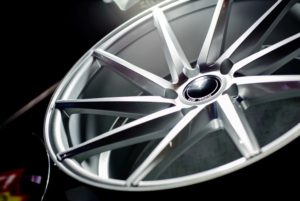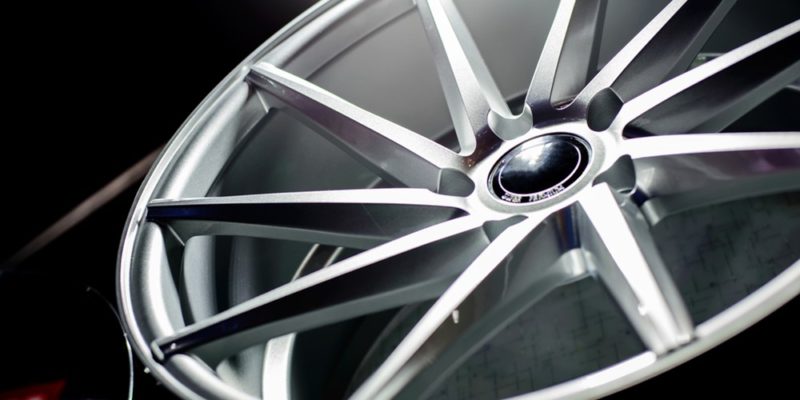Miracle Materials: Automotive Electrification
How possible is a world with fully electric transport?
Every day we see a new post on Instagram, Facebook, LinkedIn or similar, concerning the climate change crisis. The question is at the heart of technological advances everywhere: how can we alter our lives and businesses to make sure we are doing everything we can?
In the automotive industry, the development of electric and hybrid vehicles is crucial to the reduction of carbon footprints. Initially electric cars were accessible only to a very small percentage of people, but this is slowly changing.
One of the major ways we can see the global fight against climate change is in the push for electrification of not only small cars, but large transport vehicles, including busses and lorries.
According to research from 2019, greenhouse gas emissions from road traffic made up around a fifth of UK greenhouse gas emissions. Over 17% of this is estimated to be from heavy goods vehicles, though they only actually make up 5% of mileage.
By the end of 2018, 0.5% of all vehicles registered in the UK were ultra low emission vehicles. By 2019, this figure had risen to 0.8%. Going forward, the UK government plan to eliminate sales of non-electric cars, including hybrids, by 2035. Still, 100% is a long way off.
What difference will automotive electrification make?
If heavy goods vehicles were made completely electric, that 17% of the UK’s vehicle greenhouse gas emissions could be eliminated.
Air quality would be improved drastically. Noise pollution would be reduced. Crucially, electrification on this scale would play a huge part in meeting the UK’s 2050 targets of net zero greenhouse gas emissions.
Heavy duty vehicles make up such a proportionally high percentage of emissions that these must be considered a crucial element of the movement. Companies like Sweden’s Scania Group are leading influences in this regard.
For example, In 2019, they launched a series of fully electric busses. Taking more steps in the right direction, their series production of a fully electric truck begins in 2021.
Despite making up such a low percentage of road-traffic, electric car sales are increasing rapidly. In the first nine months of 2020, sales of pure electric vehicles were up by 127% from 2019 figures.
This must continue to rise rapidly if we are to reach the targets set by the government for 2050.
How is Graphite used in Electrification?
Battery technologies are always improving. For many batteries, graphite electrodes are used.
Why graphite? Well, graphite is highly conductive. Being the only non-metal capable of this level of electrical conductivity, it is ideal for this use.
If sales continue to rise more rapidly each year, automotive electrification may well cause a rise in demand for this miracle material…
Read more about graphite in these industries here:
PV, Semiconductors & Optical Fibres


